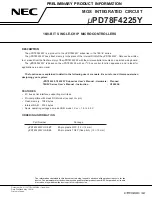
XCell™ C410:V3 Controller
User Guide
9 repligen.com UG-C410v3-06
Figure 2. XCell ATF® Device pump cycles
Note on the exhaust cycle:
Therefore, to increase the pressure in the vessel relative to the diaphragm pump, a vacuum service
is required. The PA chamber can then be alternately pressurized and evacuated to produce XCell
ATF® Device flow while maintaining the process vessel at atmospheric pressure. On the other hand,
when using a vessel that can be pressurized, vessel pressure can be used to drive the liquid from the
vessel to the PL chamber. When vessel pressure is limited, it may be supplemented with vacuum. In
either of the above schemes, one is driving the liquid from the vessel to the diaphragm pump by
increasing the pressure in the vessel relative to the diaphragm pump.
WARNING:
Glass bioreactors or single-use bioreactors (SUBs), unless
otherwise specified by the manufacturer of the vessel, should
not be pressurized. Such vessels can explode if pressurized.
WARNING:
When using a glass vessel or SUB, be sure to maintain an
unrestricted vent from the vessel. In the case a diaphragm fails,
the air flow into the diaphragm pump will proceed through the
HFM or SM into the vessel. A free exhaust from the vessel will
minimize the buildup of pressure in the vessel.










































